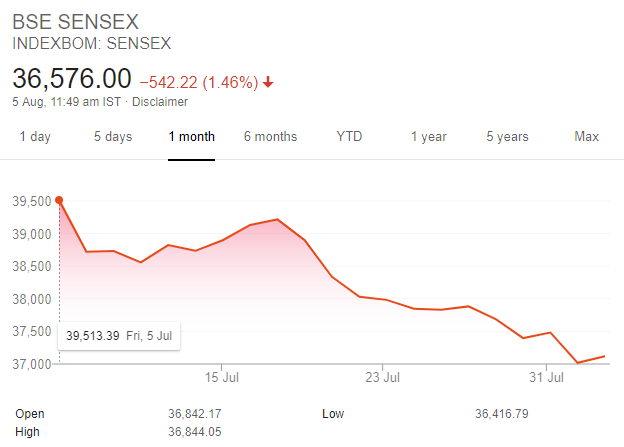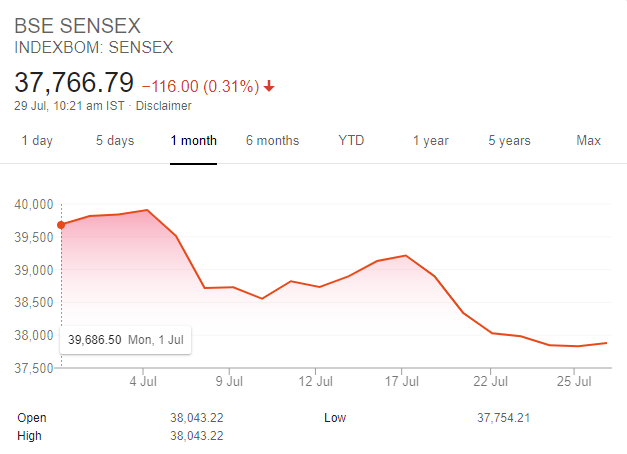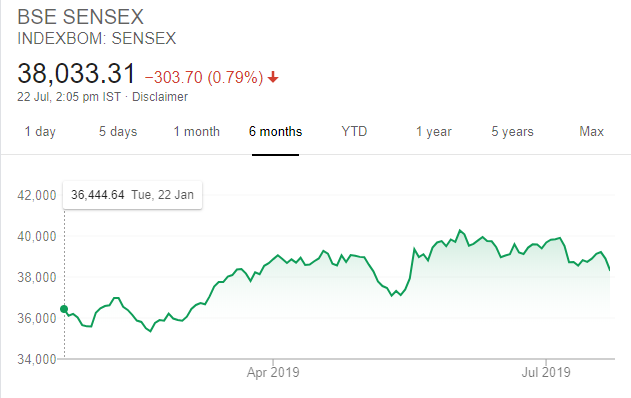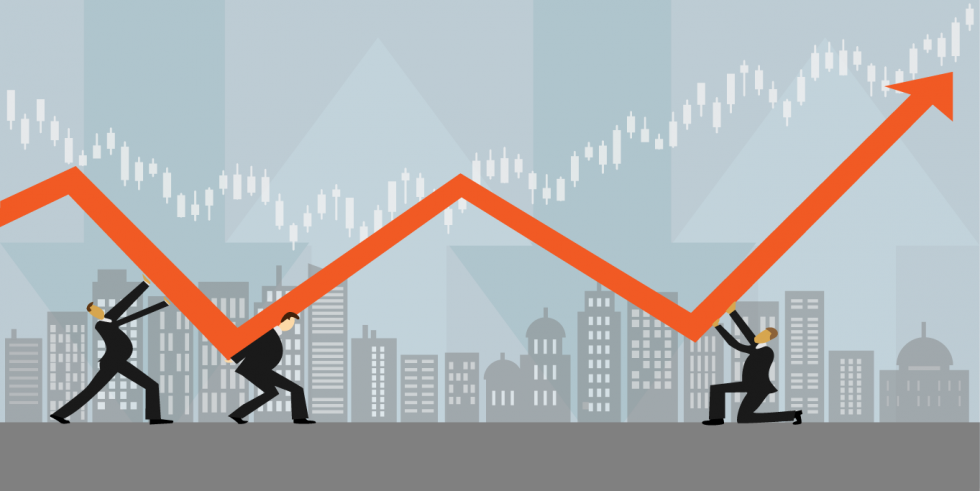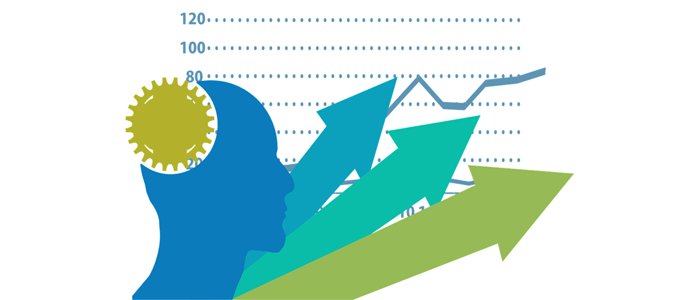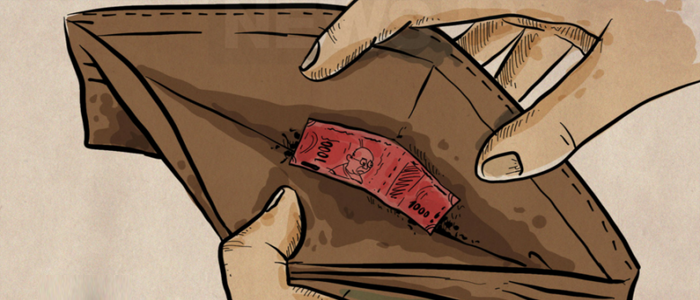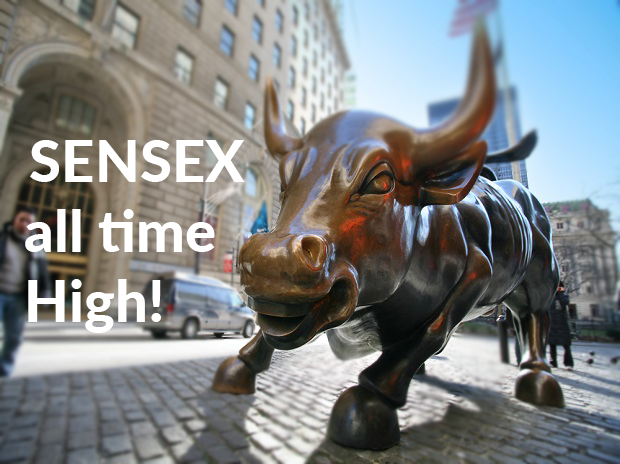Market Outlook – June 2022

“Bear markets have three stages – sharp down, reflexive rebound and a drawn-out fundamental downtrend” – Bob Farrell’s 10 rules for investors (Head of Research, Merrill Lynch)
We are at present in the 2nd stage of bear market – reflexive rebound. Nifty created a bottom of 15,450 in May and bounced back 1250 points to trade at 16,700 levels at present. Large cap Index is still down 11% from its peak, Mid Cap 17% & Small Cap 16%. These are just index figures, individual stocks have fallen in the range of 30% to 70%, which does not reflect in index figures.
What is the main reason behind this fall and how much time will it take to recover?
Continuous FII Selling: FIIs recorded the eighth consecutive month of outflows at USD4.9b. Big question is if India is the best performing economy in the world with an 8.7% GDP growth, then why are the FII’s selling. Answer is simple, if you have a portfolio of 10 stocks in which 5 are in profit and 5 in loss and suddenly you are in need of money, which stocks will you sell, obviously the profit ones. That is what is happening to India. Since we are best ones where FII’s can book profits, they are doing the same.
Reason for FIIs withdrawal: US Federal Bank has started increasing rates from this year. Rates have been hiked from 0% to 1% at present and targeted 3% by year end. Mortgage rates have shot up to 5.27% from 2.96% a year ago. This has increased cost of borrowing tremendously, making it unviable to carry on debt. Most of these low-cost money had made their way in developing markets like India, which is getting withdrawn due to high cost of borrowing there.
When will they come back: Nifty PE is trading at 20.52 as compared to peak of 28.02. Though valuations have corrected, but still high and can correct more…say another 10% from here.
- Retail inflation surged to a near 8-year high of 7.79 per cent in April, persisting above the RBI’s inflation target for the fourth straight month.
- RBI suddenly raised the repo rate by 0.4% and expected to increase by another 1% by the year end.
- 60% companies had their earnings missed due to low demand and higher input cost.
There are always 3 types of markets: Expensive, Fair Value & Cheap. You earn the highest if your investments are at cheap valuations. Analysing above pointers we conclude that market is still in between expensive & fair value zone and there is more room for correction. It is only because of continuous buying from Domestic Investors, markets can sustain at these levels.
Inflation is red hot across the world and expected to remain so till the remaining period of the year. Russia-Ukraine war, China Lockdown due to COVID are the main reasons behind high fuel prices, food shortage, chip shortage, etc. Till the time inflation does not comes down, central banks across the world are not going to halt their rate hikes. We expect this condition to remain throughout the year. Only a truce between Russia – Ukraine will be able to pull markets up, till then volatility with downward risk will continue.
Once rate hike is paused and inflation cools off, first country where FII’s will pump money will be India. Combination of FII’s + DII’s will take not even a week to touch new highs again. So, strategy is clear, do not expect very higher returns this year. Invest partially at every fall in a staggered manner.
Customers have generated an above average returns in the last 2 years as against single digit in an auto regular mode, by following the asset allocation rules/ strategy. Which follows a scientific method of calculation, with timely profit booking and reinvesting at lows.

